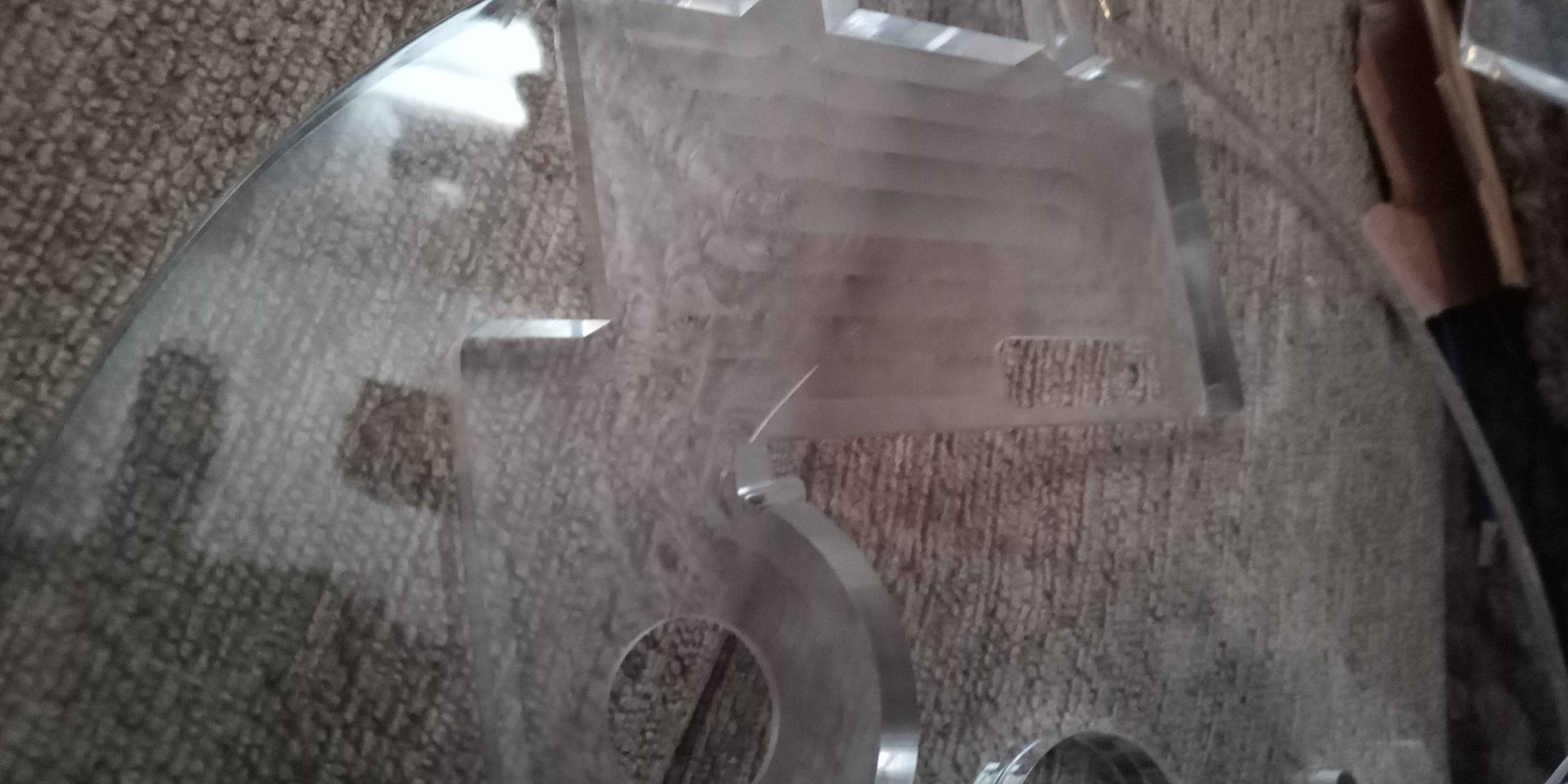GruntPuppy
pfm Member
The path to turntable happiness is never smooth. I received a second-hand SRM Azure plinth kit, and thanks to the gentle care of Hermes there's a crack in the lower acrylic plate, near to the motor bolt-down point.
Can any of you recommend a glue or specific acrylic repair product that I could use to bring this back to life?
I really don't want to send this back - I won't get another chance at this product at the price I paid, and if I can repair it I will.

Can any of you recommend a glue or specific acrylic repair product that I could use to bring this back to life?
I really don't want to send this back - I won't get another chance at this product at the price I paid, and if I can repair it I will.


